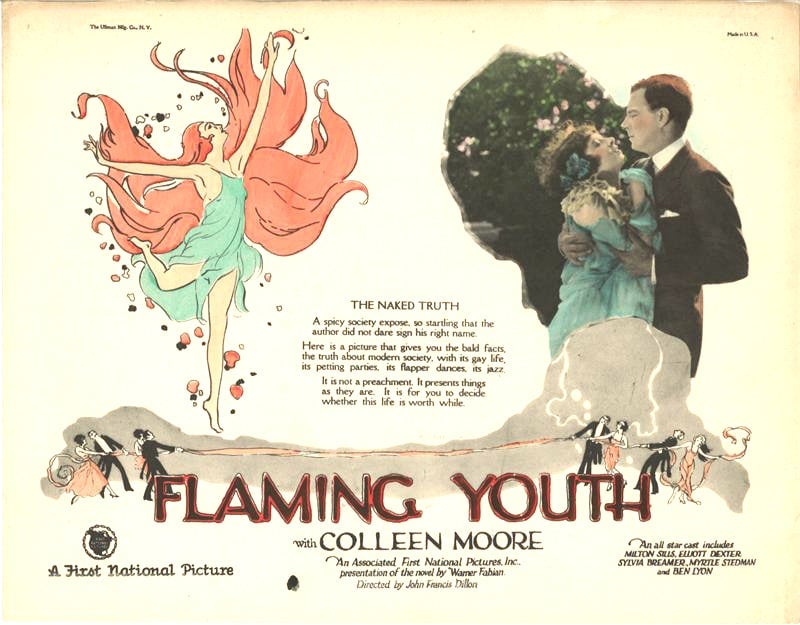A wealth of artistic treasures will enter the public domain on Jan. 1
It’s a holiday that should be on every culture lover’s calendar. Each year, Jan. 1 brings with it a day off from work for most, a fresh start in a new planner, and a whole load of free works of art tumbling out of copyright and onto the internet.


It’s a holiday that should be on every culture lover’s calendar. Each year, Jan. 1 brings with it a day off from work for most, a fresh start in a new planner, and a whole load of free works of art tumbling out of copyright and onto the internet.
New Year’s Day is also Public Domain Day, and this one’s a doozy.
Last year, most of the world got free, unlimited access to the works of Che Guevara, Langston Hughes, and René Magritte, who all died in 1967, among many others. As copyright is set by individual countries, the exact number of years varies—works therefore enter the public domain of different countries in different years. To map those different copyright terms around the world, Quartz used data gathered by Wikipedia contributors, supplemented with our own research:
Previous years have been bountiful around in the world—but time and time again, America has gotten little or nothing. Complicated and stringent US copyright laws constricted the release of great works to trickle since 1978.
As in much of Europe, US copyrights expire 70 years after the author’s death. In addition to that, however, the US has also retroactively extended copyrights twice—first in 1978, and then again in 1998. In 1978, copyright was extended from 56 to 70 years. The second time, at the urging of Disney and other media and entertainment companies, Congress passed the Sonny Bono Copyright Term Extension Act, which added on yet another 20 years. “We have shortchanged a generation,” Brewster Kahle, founder of the Internet Archive, recently told Smithsonian magazine. “The 20th century is largely missing from the internet.”
As a result of these extensions, this is the first mass expiration of copyright in the US in more than two decades. The last time around was 1998, the year Google was born, when works from 1922 came into the public domain. Think sparkling modernist gems such as James Joyce’s Ulysses, T.S. Eliot’s “The Waste Land”, and F. Scott Fitzgerald’s The Beautiful and Damned. (Also, The Velveteen Rabbit, by Margery Williams.)
So, what’s in the offing now? Broadly speaking, everything first published in the US in 1923—providing it still exists. Unfortunately, many of these may be legally available, but have long since been lost or disintegrated (in the case of old films or recordings). That still leaves us with a lot to celebrate, however.
Here’s a selection (you can find a fuller list here):
- The Pilgrim, a 46-minute silent film directed by Charlie Chaplin and starring Edna Purviance
- e.e. cummings’ first collection, Tulips and Chimneys (later known as Tulips & Chimneys)
- D.H. Lawrence’s semi-autobiographical novel, Kangaroo, set in Australia
- Edith Wharton’s antiwar masterpiece, A Son at the Front
- The rousing strains of “Yes! We Have No Bananas,” written by Frank Silver and Irving Cohn
- Noel Coward’s first publicly produced musical, London Calling!
- One of the earliest “flapper movies,” Flaming Youth. Much of it is lost, though a single reel (of the original nine) remains in the Library of Congress
- Willa Cather’s novel A Lost Lady
- Agatha Christie’s detective novel The Murder on the Links, in her Poirot series
- Multiple works by the British humorist P.G. Wodehouse, best known for his Jeeves and Wooster books
You can now do anything you like with these works—screen the single reel of Flaming Youth on the side of your building, make millions from a remix of “Yes! We Have No Bananas,” turn A Lost Lady into a much better film than the first time around. Or you could simply sit back and enjoy them. If you’re based in the US, it’s a pleasure long overdue.